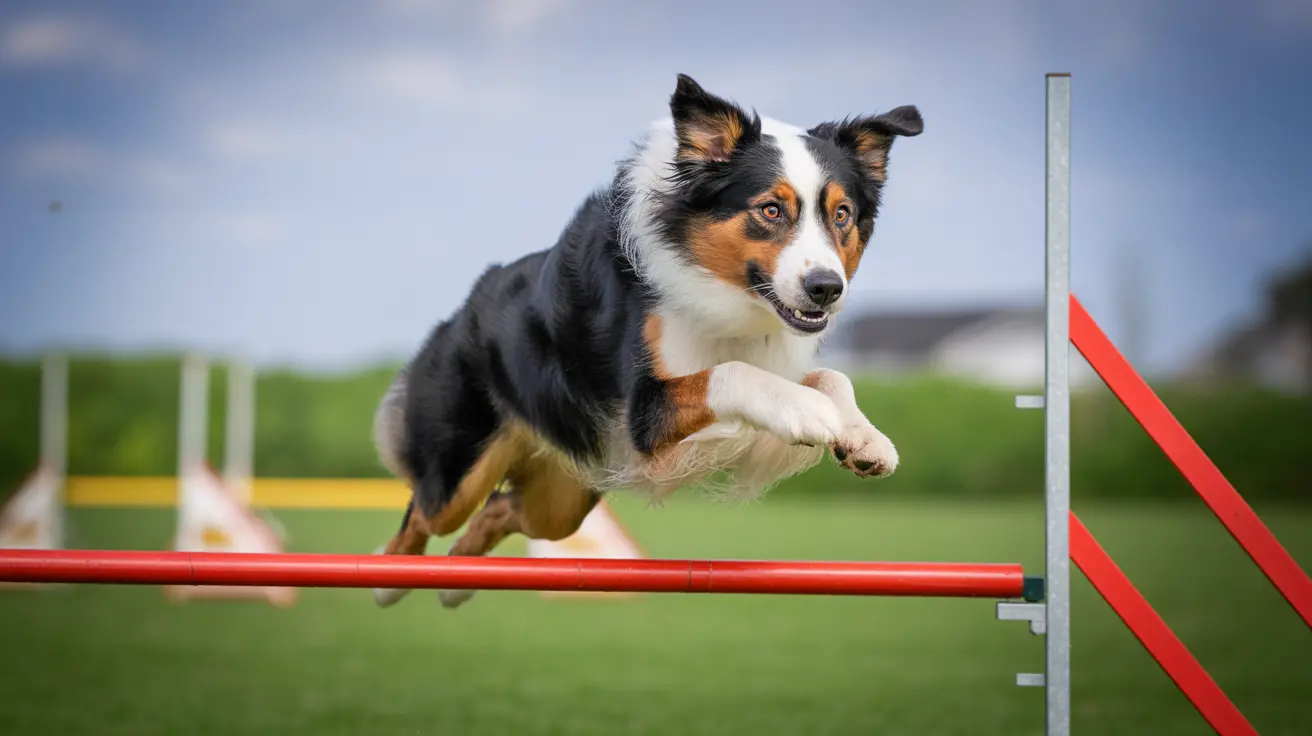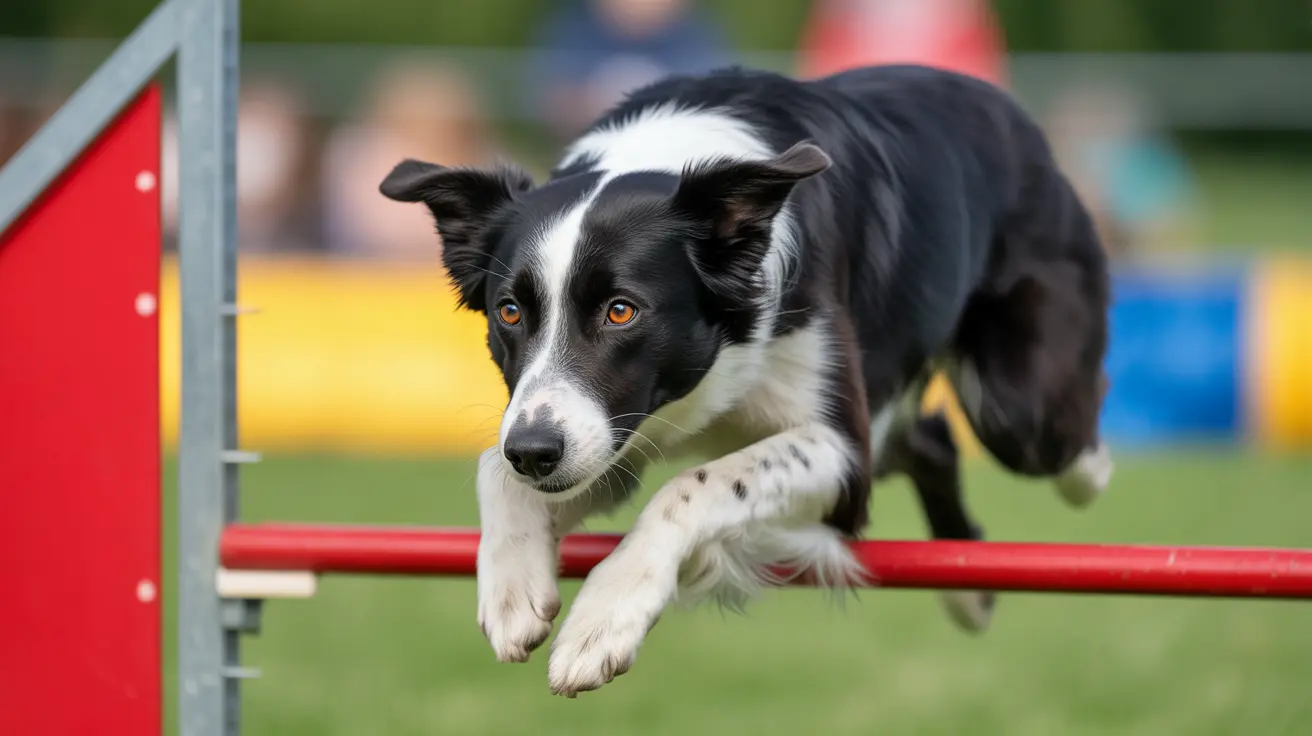Understanding Herding Dogs: Traits, Behaviors, and Care
Herding dogs, sometimes called stock or working dogs, have a fascinating history and a unique set of behaviors shaped by generations of selective breeding. These breeds were developed to help humans manage livestock—cattle, sheep, goats, even reindeer—and their instincts remain strong even in modern companion animals.
The Instincts Behind Herding
At their core, herding dogs possess an instinctual ability to gather, guide, and protect animals. Their behaviors stem from modified predatory patterns—like chasing or stalking—but they've been honed to avoid harming the very animals they're meant to control. Instead of attacking, they use subtle cues and body language to influence movement.
- Staring: Fixing an intense gaze on livestock to direct them.
- Stalking: Moving low and slow to approach a group.
- Chasing: Running after animals (or sometimes people!) to move them along.
- Circling: Moving around the herd's perimeter to keep them together.
- Nipping: Especially in breeds called heelers; a quick nip at the heels encourages livestock to move.
- Barking: Used for excitement or as a tool for moving stubborn animals.
Certain breeds specialize in different herding techniques. For example, Aussie Cattle Dogs nip at heels (heeling), while Border Collies use intense eye contact (heading) from the front of the group. Some breeds combine methods—Australian Kelpies are known for running on the backs of sheep! Others, like Welsh Sheepdogs or Australian Shepherds, work more independently with less reliance on eye contact.
The Herding Dog at Home
If you bring a herding dog into your home, expect some of these instincts to show up in everyday life. Puppies might try to herd children by nipping at their heels or circling them during play. Many will follow you closely from room to room (shadowing) or walk just behind you as if guiding a flock. Some may poke you with their nose or bark when they want you—or someone else—to move.
- Nipping: Common in puppies; needs gentle correction.
- Poking: Using their nose as encouragement for movement.
- Barking: Can be frequent if they're excited or bored.
Their protective streak is also notable—they're often watchful and quick to alert you if something seems amiss. While this makes them excellent watchdogs, it can become problematic without proper boundaries and training.
The Importance of Exercise and Mental Stimulation
If you're considering a herding breed, know that these dogs are highly intelligent and athletic. They thrive on activity—simple walks won't cut it for most! Without enough exercise and mental challenges, they can develop anxiety or destructive habits like excessive barking or chewing. Activities that engage both mind and body are best:
- Dog sports such as agility, obedience trials, flyball, or herding competitions.
- Puzzle toys or games that require problem-solving.
- 'Jobs' around the house—fetching items or helping tidy up toys.
Mental stimulation is just as important as physical activity for keeping them happy and well-behaved.
A Brief Look at Herding Breeds Worldwide
- Australia & New Zealand: Kelpies, Koolies, Australian Cattle Dogs manage vast herds over large properties.
- Northern Europe: Finnish Lapphunds herd reindeer in Arctic conditions.
- Mainland Europe: Belgian Malinois, Briard, Bergamasco Shepherd serve multi-purpose farm roles.
- The UK: Pembroke & Cardigan Welsh Corgis use their short stature to avoid cattle kicks while nipping heels.
Their versatility means many now work outside agriculture—in police forces, search-and-rescue teams, even military units—thanks to their intelligence and adaptability. Yet most still retain strong herding instincts at home if not given purposeful outlets.
Common Commands Used in Herding
- 'Come by': Circle livestock clockwise
- 'Away to me': Circle counterclockwise
- 'Stand'/'Wait': Stop or slow down
- 'Cast': Gather scattered animals
- 'Get out'/'Back': Move away from livestock
- 'Hold': Keep animals in place
- 'Look back': Retrieve missed stragglers
You don't need livestock to teach these commands—urban owners can simulate herding using balls or toys. Early training is crucial for curbing excess nipping or chasing behaviors (especially with kids).
Loyalty and Family Life
A well-managed herding dog is loyal, eager-to-please, attentive—and makes an excellent family companion if given enough activity. They're not ideal for low-activity households; boredom leads quickly to mischief! Owners should commit to early socialization and ongoing positive training. Clear rules help channel their energy constructively so everyone benefits from their remarkable abilities.





